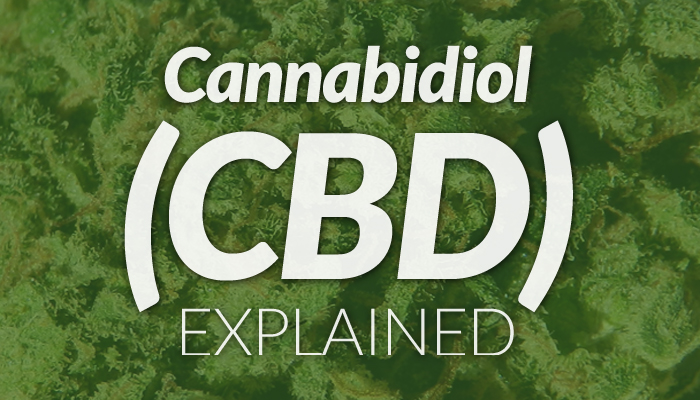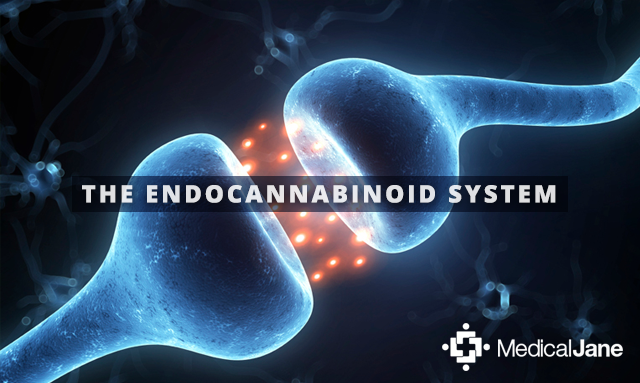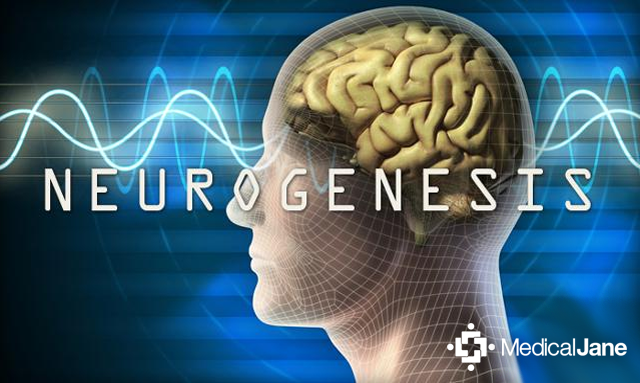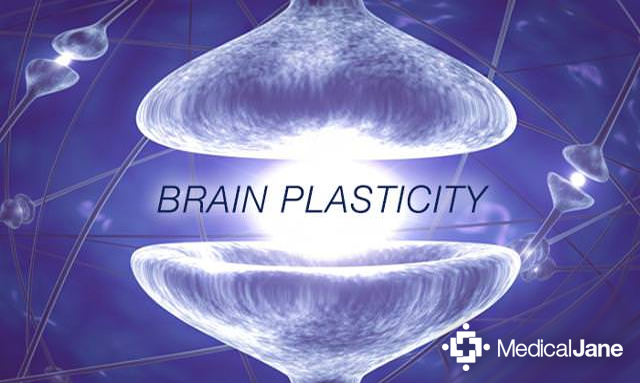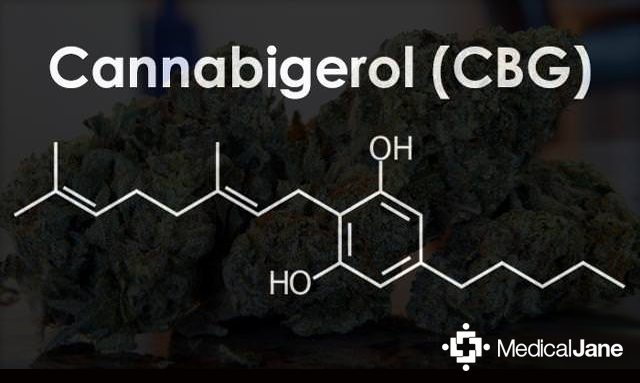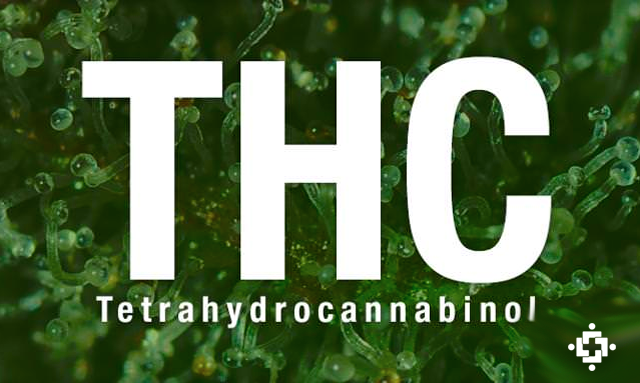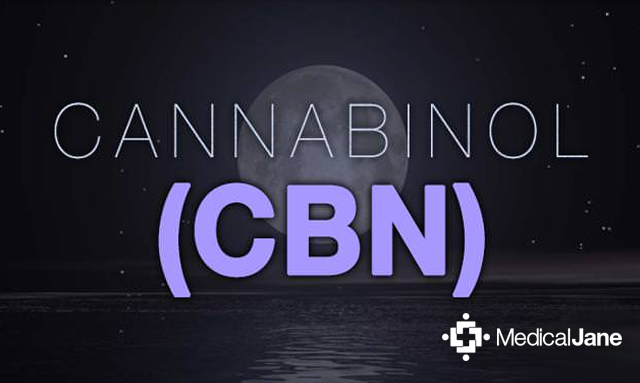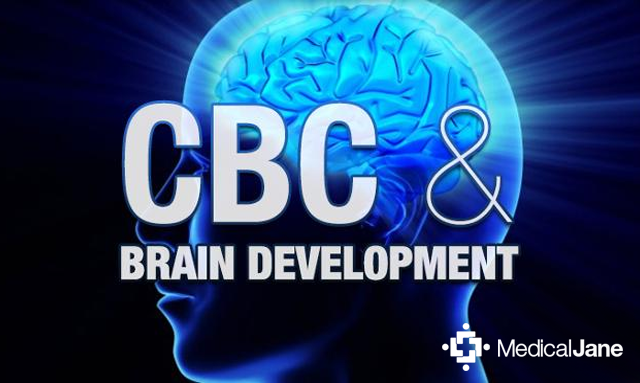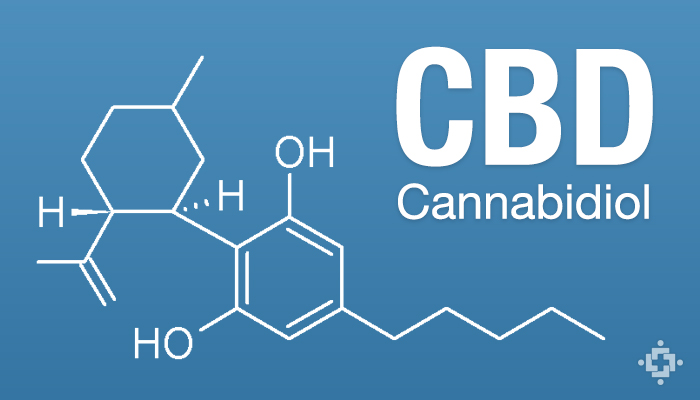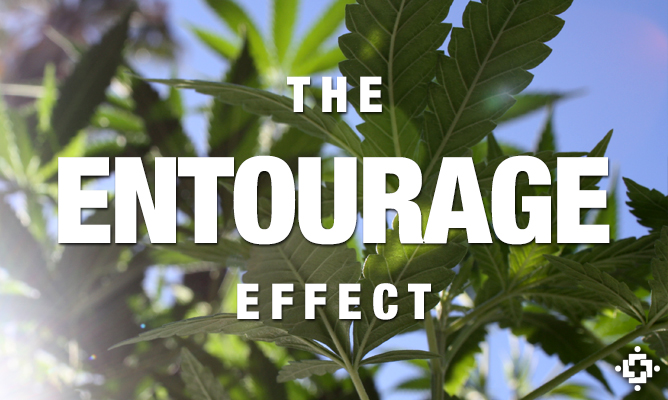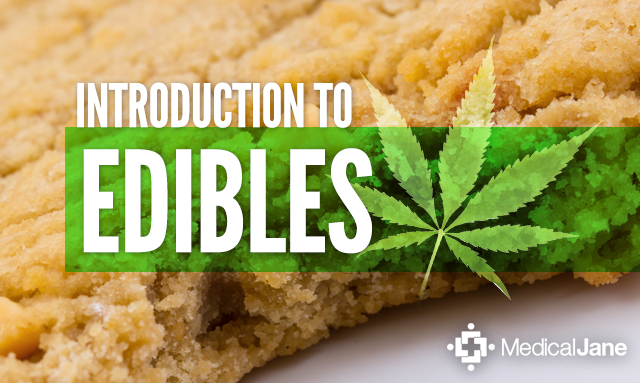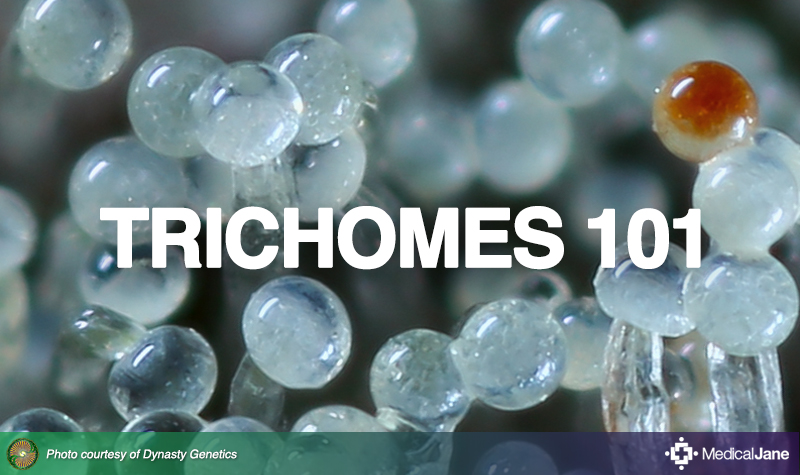Cannabinoid Science
ShareTweet
What are Cannabinoids?
There are three types of cannabinoids known to scientists today: endocannabinoids (found within the human body), phytocannabinoids (found in plants such as cannabis), and ones created in a lab known as synthetic cannabinoids. In addition to cannabinoids, the chemical profile of the cannabis plant contains other compounds like terpenoids, amino acids, proteins, sugars, enzymes, fatty acids, esters, and flavonoids, just to name a few. Learn more
Featured Cannabinoid Studies
Cannabidiol (CBD): Fighting Inflammation & Cancers
Cannabidiol (CBD): Fighting Inflammation & Aggressive Forms of Cancer
How The Endocannabinoid System Controls Appetite
Studies conducted on women afflicted with eating disorders have revealed a deficiency in endocannabinoid levels.
Cannabinoids In Cannabis Found In Human Breast Milk
The discovery of endocannabinoid production in human breast milk leads researchers to believe cannabis is a integral part of our development.
Study Shows CBD May Treat Stress Due To Neurogenesis
According to a recent study, cannabidiol (CBD) spurred an increase in neuron production and battled the effects of chronic unpredictable stress.
THC In Cannabis Encourages Neuroplasticity In The Brain
Study: THC Found In Cannabis Encourages Neuroplasticity In The Brain Of Many Medical Marijuana Patients
An Overview Of The Cannabinoid Cannabigerol (CBG)
Cannabigerol (CBG) has strong anti-inflammatory properties and may benefit patients with inflammatory bowel disease (IBD), researchers find in study.
An Overview of Tetrahydrocannabinol (THC)
Widely considered the most psychoactive cannabinoid in the cannabis plant, tetrahydrocannabinol (THC) also has many medicinal uses.
About Cannabichromene (CBC) In Medical Marijuana
Cannabichromene (CBC) Found In Medical Cannabis May Be a Viable Treatment Option For Various Forms of Cancer, But More Research Must Be Done
Cannabinol (CBN): The Cannabinoid That Helps You Sleep
Cannabinol is known to serve multiple purposes such as aiding in sleep, acting as an anti-bacterial and providing an indication of cannabis freshness.
CBC In Medical Marijuana And Its Effects On The Brain
Study: Cannabichromene (CBC) Found In Cannabis May Aid Medical Marijuana Patients In Furthering Brain Development
An Overview Of Tetrahydrocannabivarin (THCV)
Though the chemical structure of tetrahydrocannabivarin (THCV) is nearly identical to tetrahydrocannabinol (THC), there are differences between each.
Cannabidiol (CBD) Makes Its Way To The Forefront
As we know, Cannabidiol (CBD) is believed to reduce anxiety, prevent certain cancers, benefit heart health, and more.
A Brief Overview of the Endocannabinoid System
The endocannabinoid system is comprised of cannabinoid receptors in the body; the most well known cannabinoid receptors being CB1 and CB2.
The Entourage Effect: Whole-Plant Cannabis Medicine
The entourage effect is when cannabinoids in work together and affect the body in a mechanism similar to the body's own endocannabinoid system.
Continue to Classifications & Terms…
More From The Classroom
An Introduction To Marijuana Edibles: What You Should Know About Ingesting Cannabis
With all the options available to medical marijuana patients today, many are choosing to explore methods of medicating beyond the traditional pipe or paper. Marijuana infused products, commonly referred to as ‘edibles’, provide another option to patients who cannot, or choose not to smoke their cannabis. Edibles come in many different varieties, including tinctures (alcohol and glycerin based extractions), cooking oils, premade desserts, drinks, snack foods, candies, and even chewing …
Juicing Cannabis: The Potential Health Benefits of Treating Cannabis Like a Vegetable
Donald Abrams is chief of Hematology Oncology, at San Francisco General Hospital, and a professor of medicine at the University of California, San Francisco. He does research on the applications of medical cannabis, and has become an advocate as a result. Abrams stated, “If cannabis were discovered in the Amazon rainforest today, people would be clambering to make as much use as they could of all of the potential benefits of the plant. Unfortunately, it carries with it a long history of being a persecuted plant.” Abrams appears in the short film that accompanies this …
The Endocannabinoid System: Cannabis & Your Appetite
It is one of the most common and well-known side effects of consuming cannabis: a seemingly insatiable appetite. The phenomenon dubbed for decades as “the munchies” is one that has permeated throughout our culture so much that even people who have never experienced the process at least know of it. But what actually causes these hunger-inducing effects after a good toke? Before we can explain what makes you ready and able to run through a full package of Oreos in one sitting, there are a few fundamental things that are …
Cannabis Plant Anatomy: Trichomes 101
What are trichomes? If you look closely at a healthy cannabis plant, then you will undoubtedly notice the many glistening translucent resin glands protruding from the buds. These resinous outgrowths are known as trichomes. “In addition to housing the essential compounds of the Cannabis plant, trichomes play an important role in the survival of the plant.” Trichomes house the key components of the plant that give it its therapeutic and psychotropic properties. These glandular structures are predominantly responsible for the biosynthesis of cannabinoids, the biologically active compounds unique to the Cannabis plant. Barely visible to the naked eye, trichomes …
